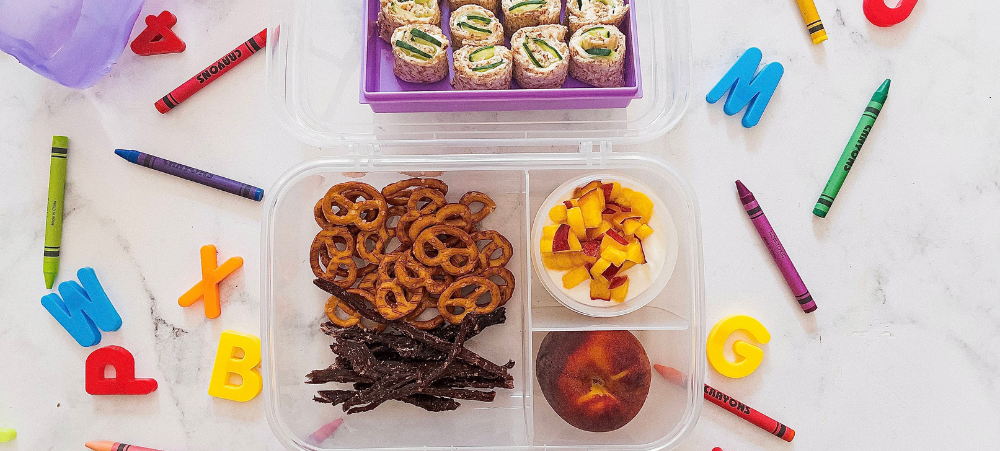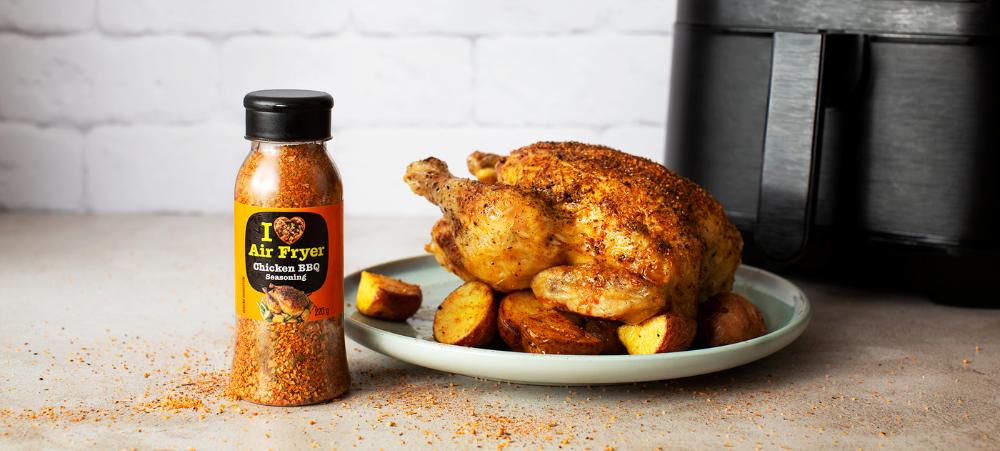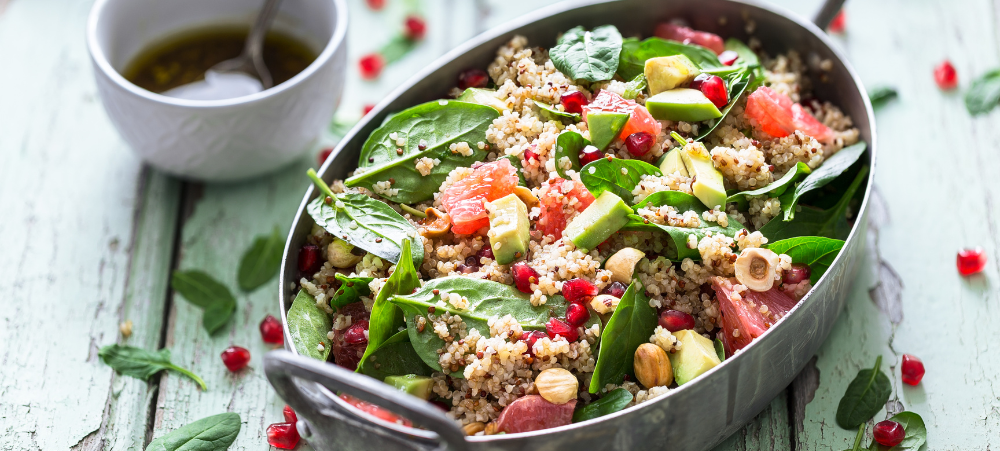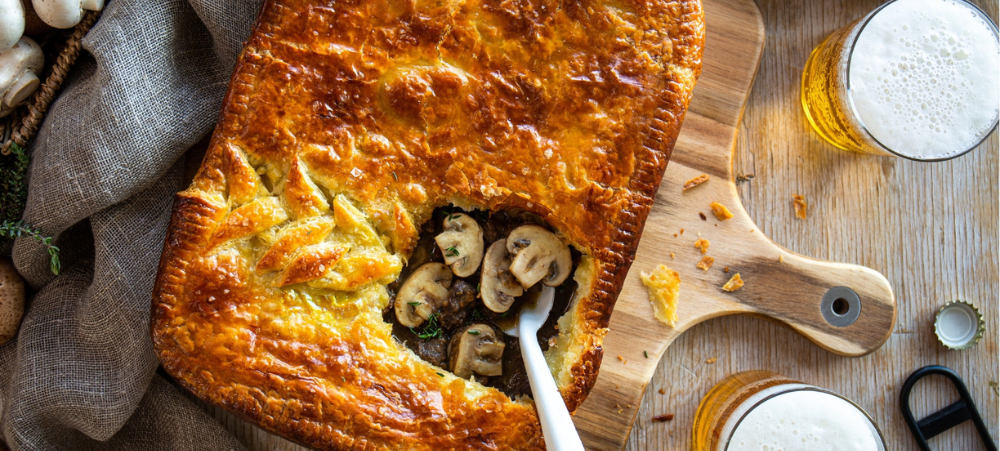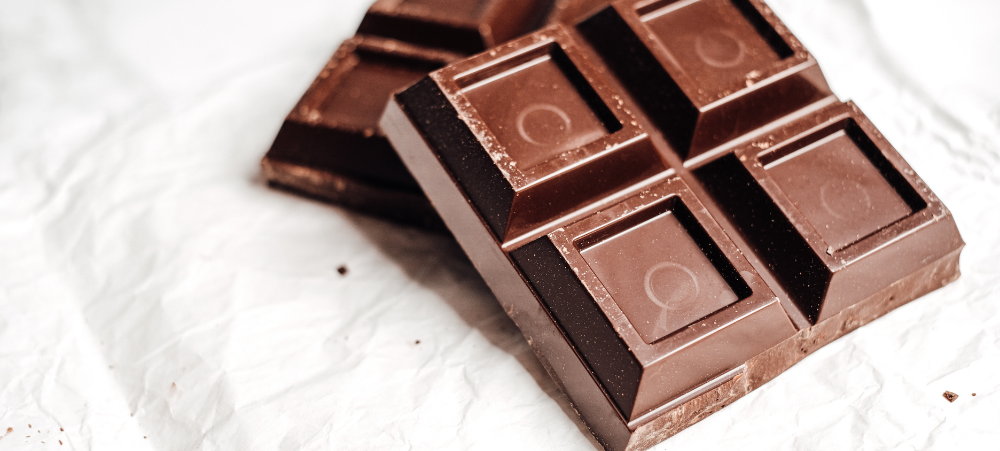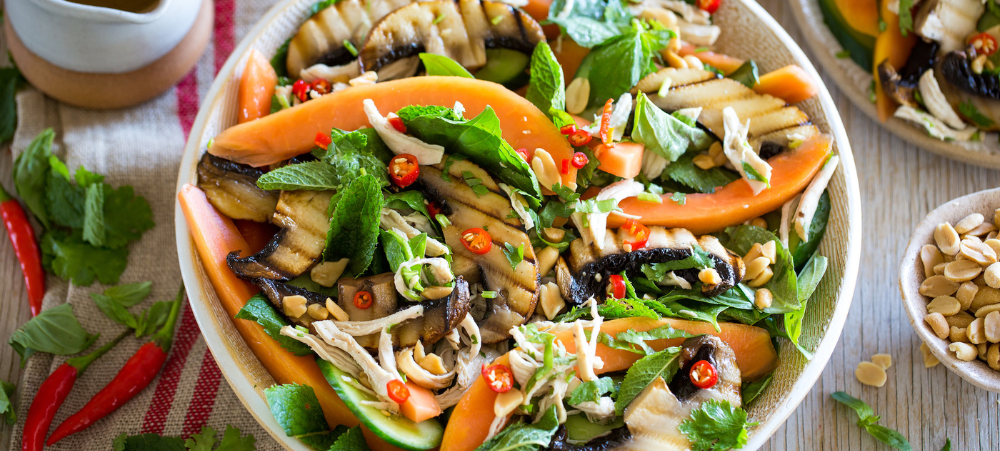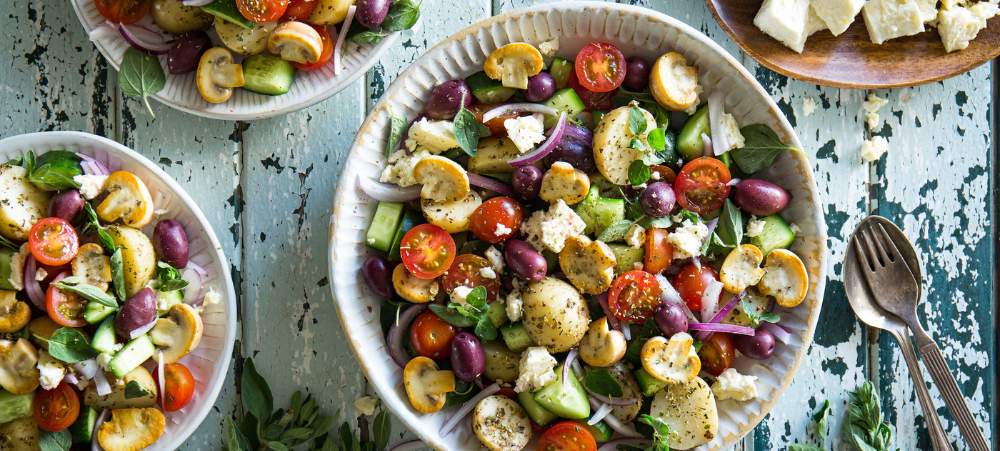
HEALTHY MEAL IDEAS FOR CHILDREN
Healthy eating is an important lesson you can teach your children. The example you set is the best way to help your kids make smart food choices and to develop a positive relationship with food. A healthy, balanced diet is not just good for kid’s bodies, it’s good for their brains, too. The right foods can improve brain function, memory, and concentration. Like the body, the brain absorbs nutrients from the foods we eat, and these 10 “superfoods” can help children boost their brainpower. Fatty fish, such as salmon, is a good source of omega-3 fatty acids that are needed for brain growth and function. Getting enough of these fatty acids can help kids improve their mental skills. TRY: Make salmon sandwiches (on whole wheat bread) instead of tuna for a healthy alternative. Eggs are a great source of protein, and their yolks have choline, an important nutrient for memory development. TRY: A homemade breakfast wrap, loaded with veggies for a quick and healthy breakfast before school. Kids love peanut butter, and that’s a good thing since this healthy snack is packed with vitamin E, an antioxidant that protects nerve membranes. It also has thiamin, which is good for the brain, and glucose which gives energy. TRY: Peanut butter makes a great dip for fruits such as bananas, and for veggies such as celery. Whole grains such as breads and cereals provide glucose, an energy source the brain needs. Whole grains also contain B vitamins, which are good for the nervous system. TRY: Add whole grains to most meals by switching to whole grain breads, wraps, and crackers. Oats and oatmeal are excellent sources of energy and brain “fuel.” Oats are packed with fiber to help keep kids feeling full so they don’t snack on junk food. They are also an excellent source of vitamins E, B complex, and zinc to help kids’ brains work their best. TRY: Oatmeal can be a base for almost any topping such as apples, bananas, blueberries or even almonds. Berries can help improve memory and are packed with vitamin C and other antioxidants. Seeds from berries also contain omega-3 fats that help with brain function. Look for strawberries, cherries, blueberries, and blackberries – the more intense the colour of the berry, the more nutrition it has. TRY: Berries can be used in smoothies or just as they are for healthy snacks or desserts. Bean, beans, good for the heart… so the saying goes. They are also good for kid’s brains since they have energy from protein, complex carbohydrates, fiber, and vitamins and minerals. They can keep energy levels high. Kidney and pinto beans are good choices as they contain more omega-3 fatty acids that other bean varieties, which are important for brain growth and function. TRY: Add beans as a salad topper, as filler for lettuce wraps, or even add them to spaghetti for a more nutritious meal. Vegetables with rich, deep colour are an excellent source of antioxidants to keep the brain cells healthy. Some veggies to include in your child’s diet are tomatoes, sweet potatoes, pumpkin, carrots, or spinach. It’s easy to sneak veggies into spaghetti sauces or soups. TRY: Replace potato or corn chips in your child’s lunch with baked sweet potato wedges or easy-to-snack-on veggies such as sugar snap peas or baby carrots. B vitamins are necessary for growth of brain tissue, neurotransmitters, and enzymes, and dairy products are a good source for these nutrients. Low fat milk or yogurt is great sources of protein and carbohydrates foe the brain. Dairy is also an excellent source of vitamin D, which children and teens need in greater amounts than adults. TRY: Low-fat cheese sticks make a great to-go snack and are a good source of calcium. Lean beef or meat alternatives are excellent sources of iron, which helps kids maintain energy and focus in school. Beef is also a good source of zinc, which aids memory. Vegetarian kids can get their iron from black bean and soy burgers. Beans have what is called nonheme iron, which needs vitamin C to be absorbed so have them eat their veggie burgers or beans with good sources of vitamin C such as peppers or orange juice. TRY: Grilled lean-meat kabobs or grilled black bean burgers make a tasty and healthy alternative to regular hamburgers and hotdogs for your next braai!












